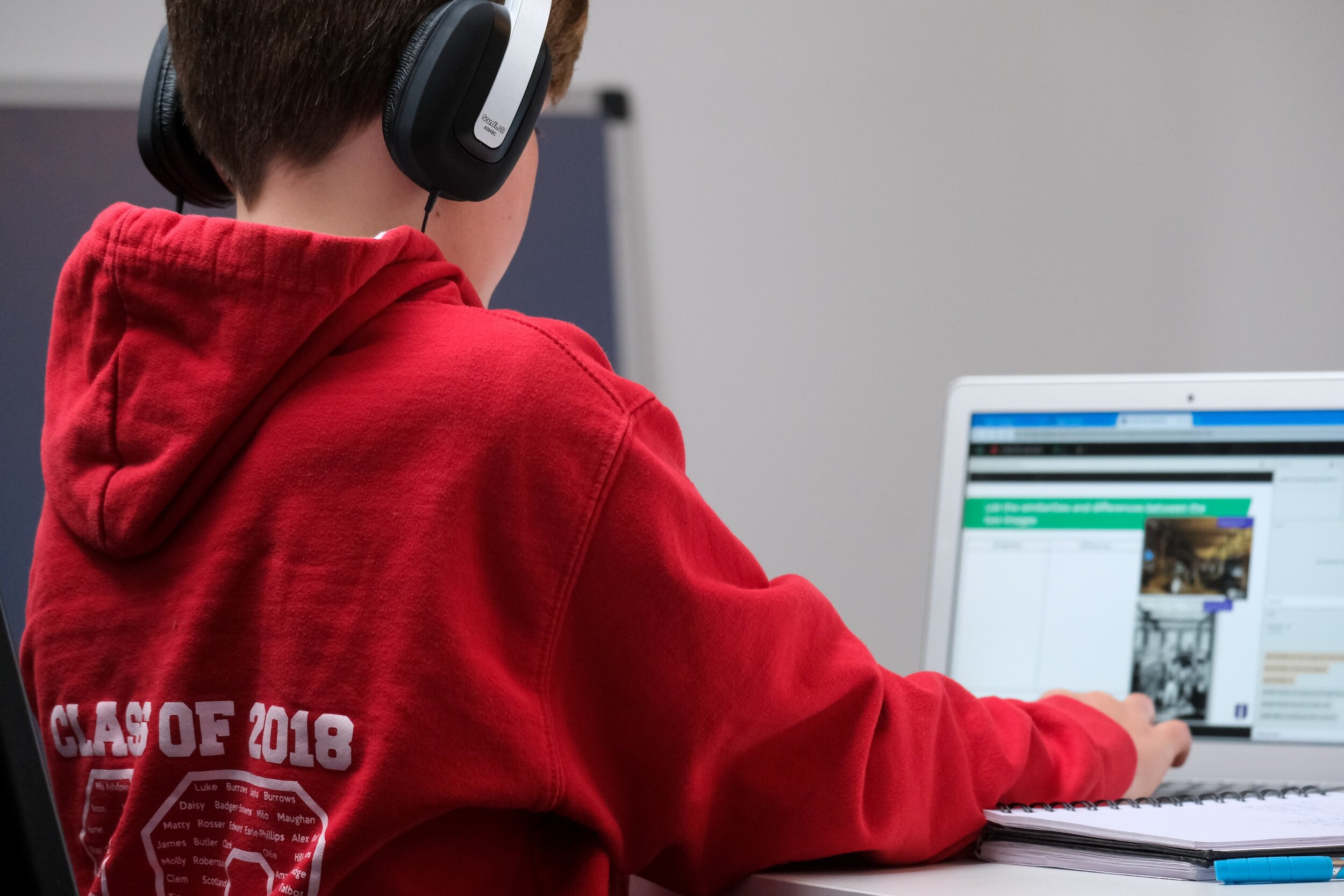3 Ideas to Prevent Students From Cheating with AI and Chat GPT
Society and technology are changing, and our instructional practice must change with them.
Readers of this blog know in the past several weeks I’ve been tinkering with AI to see what it might mean for my classroom practice. Read about my journey so far in these blog posts:
Throughout this process, I’ve discovered the answer to several burning questions:
Question: Does ChatGPT speak French and Spanish?
Answer: Yes.
Question: Can ChatGPT write with a believable student voice?
Answer: When prompted correctly, Yes.
Question: Do I need a margarita?
Answer: Obviously, yes. But that has nothing to do with ChatGPT!
So, ChatGPT wrote student work that could fool me (see: “Chat GPT & the World Language Classroom” link above. When I put in the exact writing prompt I give students, the language was usually overly sophisticated and I would be likely to catch it. When I added the sentence “Be very simple and make a few errors” I received believable student work.
Let’s hope the kids don’t figure that out.
Better yet, let’s stay one step ahead of them by crafting quality learning experiences. Society and technology are changing, and our instructional practice must change with them. Chat GPT is reality; we can’t pretend it doesn’t exist and keep teaching in the same way.
Here are a few solutions.
Solution 1: Write small, write often, write by hand.
There are a lot of reasons to incorporate frequent, small writing assignments in class. The regular, low-stakes practice gives students lots of opportunity to learn and practice. There’s a kinesthetic element to handwriting that stimulates engagement and memory. It’s also great practice for students to write without a dictionary (at least in their first draft); it forces them to keep their writing simple and to circumlocute, relying on their own knowledge rather than on outside electronic help. If there was ever a time to initiate this practice, it’s now. (Read more about how to incorporate more writing in my blog post, 10 tips to enhance your writing instruction).
Solution 2: Practice evaluating student samples with a rubric
Any time we have a major project coming due, I like to have students ‘grade’ sample work using the rubric. Here’s how it works.
Give students 3-5 sample student assignments representing various qualities of work. Be sure to incorporate examples that contain common errors or are missing important points on the rubric. You can curate these writing samples from previous classes, or write your own. Be sure to remove any identifiers from actual student work.
Include at least one sample assignment that is obviously Google Translated (or Chat GPT’d)
Ask students to give each sample assignment a grade. They can do this in groups or work individually and discuss. The important point is, they MUST justify their grade using the project rubric.
Discuss each sample in class. Guide students to recognize where each project misses rubric points, which project is the best, and why. Help students recognize that the electronically generated sample is evident and would not receive credit.
Ask students to write a reflection by finishing these prompts:
My project is most like student sample _____ because ___________
To improve my project, I am going to _____________________
I’ve found this activity is powerful in teaching students to understand a rubric, to self-evaluate, and to recognize how easy it is to spot electronic cheating. Read more about using rubrics effectively here!
Solution 3: Base grades on students’ ability to manipulate their writing.
“Chat GPT is reality. We can’t pretend it doesn’t exist and keep teaching in the same way.”
I haven’t tried this yet, but here’s my idea. Instruct students to come to class with a clean, printed copy of their assignment. On the day the assignment is due, have kids clear their desk of everything except their assignment printout and a pencil.
Then, ask kids to manipulate the assignment. For example:
Edit your writing to change the gender of the speaker.
Change from first to third person.
Delete one detail and replace it with a different detail.
Change a statement to the opposite statement.
Negate a verb that is currently positive.
Change it from past tense to present tense.
Etc.
Then, give a grade based on the student’s success in completing these edits. Your rubric could say “You were able to…. (fill in bullet point from above) with a point value assigned.
I would tell students in advance that this is how they will be graded. If a student really did their own writing, the edits should be no problem. If the student relied on electronics (or otherwise didn’t really learn how to write the assignment), the task will be daunting. It doesn’t really change your grading load, just a little tweak.
So, those are some ideas! I’m looking forward to trying solution #3 in my class this fall, so stay tuned for an update!
How about you? Do you have a great idea for adapting to our new ChatGPT reality? Share in the comments!





